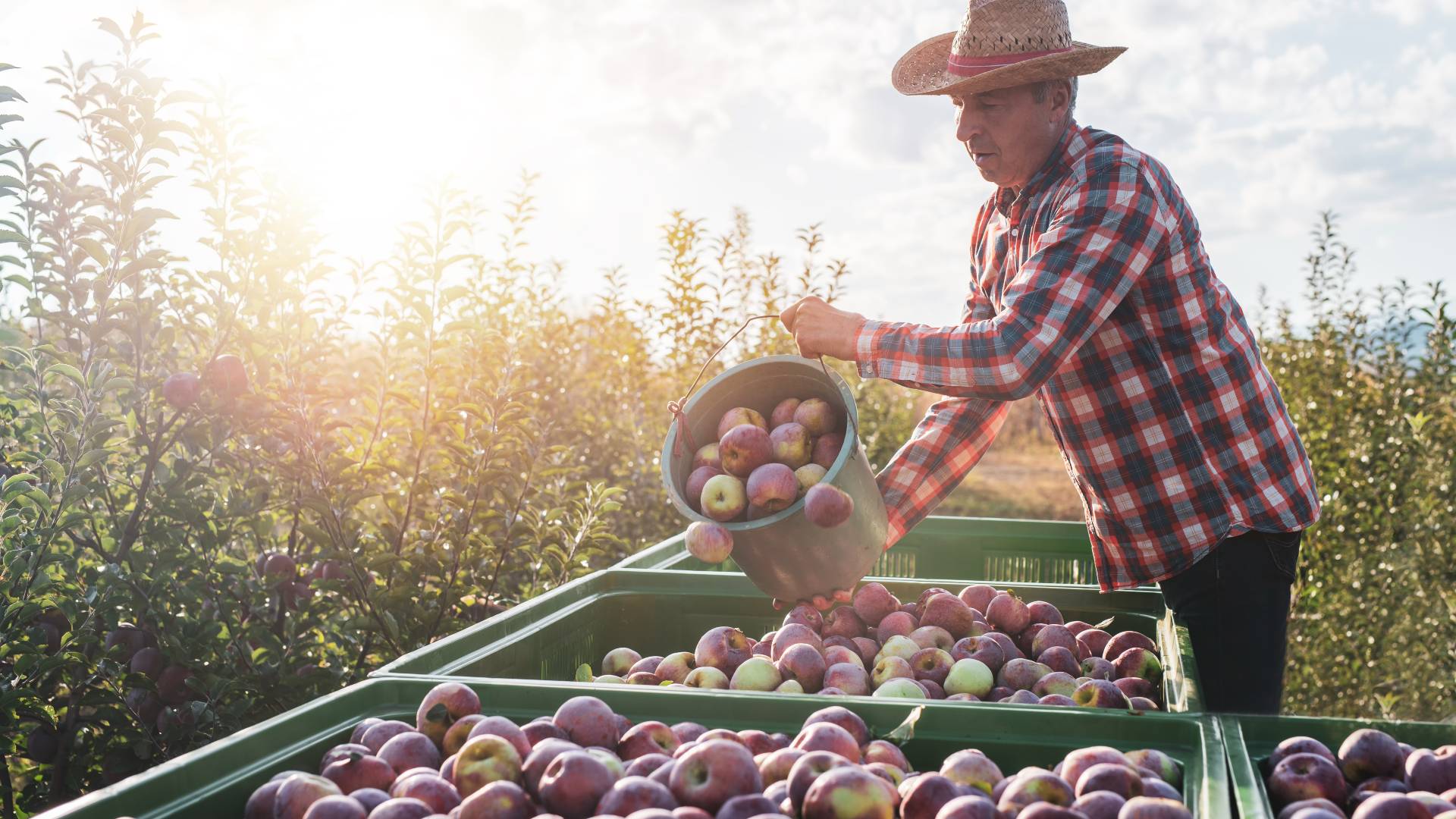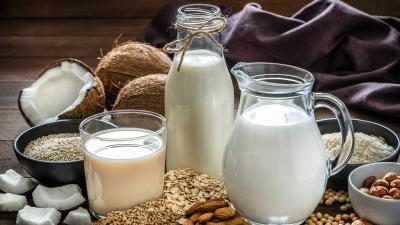Two Billboards Urge Governor to Support Dairy Farmers Who Switch to Climate-Friendly Crops
Doctors Group Also Filed a Complaint Demanding That the EPA Slash Harmful Methane Emissions From Industrial Dairy Operations

ST. PAUL, Minn.—A nonprofit group of doctors is posting two billboards near the residence of Minnesota Governor Tim Walz. One billboard was scheduled to be installed Oct. 4, and the other on Oct. 5. They will remain posted until Oct. 31, 2021. The Physicians Committee, a group of 160 Minnesota physicians and 17,000 doctors nationwide, is sponsoring the billboards.
One billboard will be very close to the governor’s mansion—a half mile. The billboard will be on Selby Avenue 50 feet west of Victoria Street, and it is scheduled to be installed Oct. 5. The other billboard, scheduled to be installed Oct. 4, is located at 80 North Snelling Avenue 175 feet north of Portland Avenue, and it is 10 feet tall and 36 feet wide.
The two billboards directly address the governor: “Governor Walz: Dairies Declining? Support the Switch to Sweet Corn, Snow Peas, or Strawberries! ConvertToCrops.org.”
There are several ways state government can assist dairy farmers who wish to switch to growing crops. Governor Walz recently proposed a $10 million drought relief package for farmers, and grants could help dairy farmers transition to hazelnut trees which are drought resistant—or another crop of the farmer’s choice. The Physicians Committee has written to Governor Walz urging him to direct his Agriculture Commissioner, Thom Petersen, to create a plan or accelerate an existing one.
The Physicians Committee also filed a complaint on Sept. 30 demanding that the U.S. Environmental Protection Agency (EPA) slash harmful methane emissions from large-scale dairy and beef operations in Minnesota. The complaint is directed to Cheryl Newton, acting director of EPA’s region five, which includes Minnesota. The EPA monitors large-scale livestock operations, and it says there are about 1,450 Concentrated Animal Feeding Operations in Minnesota—more than most other states. The methane, from beef cattle and dairy cows is a potent planet-warming gas that contributes to Minnesota’s record-breaking heat waves as well as drought and wildfires.
“To address the climate crisis, Minnesota should offer incentives to farmers who would like to transition from raising livestock to growing food crops,” says Susan Levin, MS, RD, director of nutrition education for Physicians Committee. “Methane from factory farms is a harmful, heat-trapping gas, but it’s relatively short-lived, so reducing emissions now could help slow global warming.”
Many farmers, especially dairy farmers, are voluntarily phasing out animal agriculture. For example, Carl Taber of Trumansburg, N.Y., phased out his dairy operation and now grows high-demand crops like chickpeas. Wisconsin dairy farmer Paul Jereczek is planting hazelnut trees because “Five or 10 years from now, I don’t think we will be milking cows anymore, realistically," according to the Milwaukee Journal-Sentinel.
The University of Minnesota and University of Wisconsin are collaborating on a "Million Hazelnut Campaign" to plant 1 million trees across the Upper Midwest. They estimated in 2017 the annual net income from fully mature hazelnut trees at between $3,400 and $4,200 an acre. Further, the roots systems prevent erosion, don't need irrigation, and are drought resistant. Apples and Cherries can also be grown in Minnesota and they and other trees provide oxygen, shade, and flood management as well as income for farmers
The USDA recently announced $350 million in assistance for dairy farmers, the beginning of what will be a $2 billion package of assistance. If states are involved in distributing future similar funds, some of the money could be used to help farmers transition to growing crops that are profitable in Minnesota. Other states are helping farmers stay in agriculture, including Vermont which has assisted some dairy farmers transition into agri-tourism, growing grapes, and producing fruit for hard cider, according to the Milwaukee Journal-Sentinel.
Dairy farm numbers in Minnesota and other parts of the U.S. continue to decline, according to the U.S. Department of Agriculture (USDA). Wisconsin and Minnesota experienced the biggest declines with 610 and 380 fewer dairy operations in 2019 than a year earlier, according to the American Farm Bureau Federation (AFBF). This decline continues a long trend of farmers deciding to exit the dairy business, the AFBF says.
Motivated by concern about climate change as well as a desire to improve personal health, consumers in Minnesota and elsewhere are increasingly embracing oat milk and other plant-based products. Potatoes are grown extensively in Minnesota and they are a good source of protein according to a Swedish company that markets potato milk as a healthful and sustainable option. Switching to plant-based meals made with foods grown in Minnesota would also help people prevent diabetes, heart disease, and other life-threatening conditions.
The World Health Organization says, “Reducing livestock herds would also reduce emissions of methane, which is the second largest contributor to global warming after carbon dioxide.” In Minnesota, there are about 2.32 million cattle and calves, including about 457,801 milk cows, according to the USDA.
In response to severe flooding from Hurricane Floyd, the North Carolina Department of Agriculture and Consumer Services launched a voluntary “Swine Floodplain Buyout” program that helped hog farmers in the floodplain transition to “other agricultural production operations such as…row-crop/hay production and vegetable farming.” The program also requires “implementation of a permanent 50-foot-wide forested riparian buffer on all perennial and intermittent streams.” The North Carolina program was popular with farmers, and farmers in Minnesota may likewise welcome government incentives.
Media Contact
Jeanne Stuart McVey
202-527-7316
jmcvey[at]pcrm.org
Founded in 1985, the Physicians Committee for Responsible Medicine is a nonprofit organization that promotes preventive medicine, conducts clinical research, and encourages higher standards for ethics and effectiveness in education and research.








